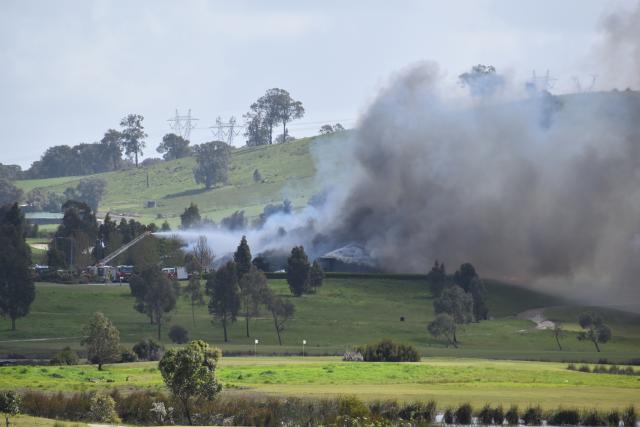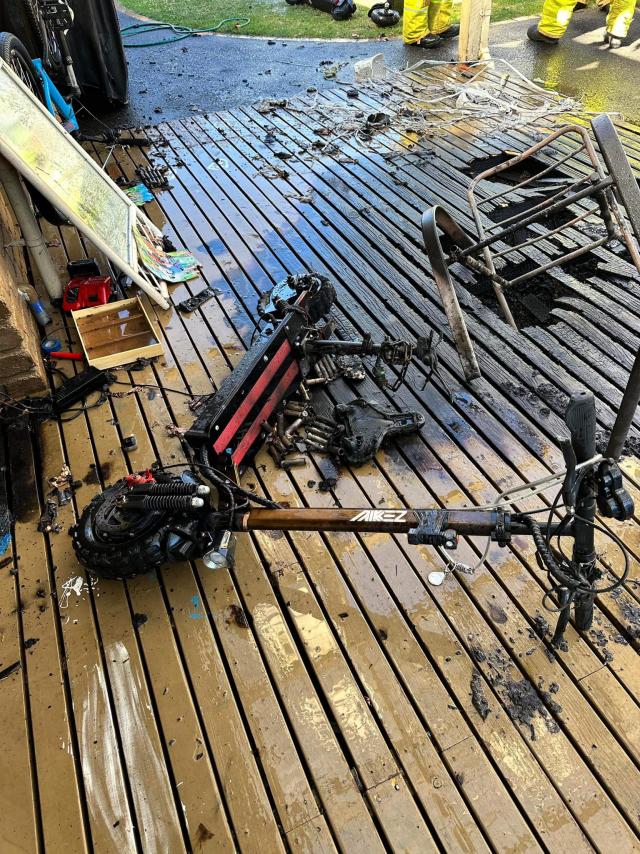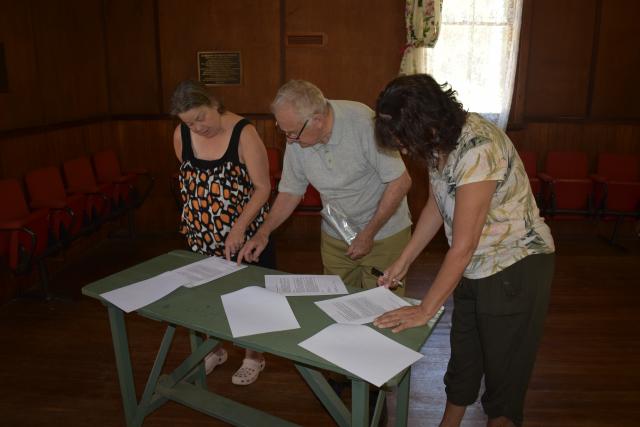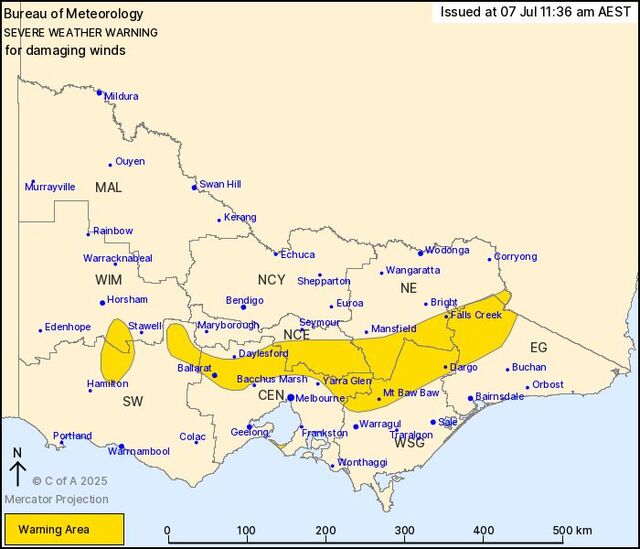With the recent fire at the Eastern Golf Club in Yering revealed to have been caused by lithium-ion batteries charging in the storage area for electric buggies, it’s an important reminder to be cautious with them at all properties.
As recently as 5 October, the Australian Competition and Consumer Commission (ACCC) urged consumers to safely use and store lithium-ion batteries in a public report as they received 231 product safety reports linked to lithium-ion batteries since 2017.
Scott Bennett was on the phone to his renew his insurance policy with his broker for his bed and breakfast property in Healesville when he was asked if he allowed guests to charge electric vehicles at the property.
“He asked me all the normal questions and then asked if I allow guests to charge electric vehicles, I said no, he said good and I asked why,” Mr Bennett said.
“He told me ‘Well if your house burns down from an electric car charging and you haven’t disclosed on your house insurance that you’re allowing charging at your house, you are no longer insured’ and I had no idea,”
“My advice is if you’ve got an EV vehicle and you’re charging it at home, check your insurance policy.”
The ACCC has also recorded 20 recalls of lithium-ion battery products from suppliers due to fire risk from overheating or short-circuiting since 2017, including LG Energy Solution Australia’s recall of almost 17,000 home solar batteries in Australia that had the potential to overheat and catch fire.
ACCC Deputy Chair Catriona Lowe said they are concerned by increasing reports of lithium-ion battery fires resulting in property damage and serious injuries, including burns, chemical exposure and smoke inhalation.
“Our report makes recommendations to better protect consumers, and includes practical advice to reduce the risks associated with these batteries,” Ms Lowe said.
“Consumers should avoid mixing and matching chargers, unplug products when fully charged and charge batteries in a cool, dry place and away from combustible materials like beds, lounges or carpet.”
One Australian, a 54-year old man in New South Wales, is believed to have died due to a fire caused by a lithium-ion battery in an incident in February 2023.
RACV’s Head of Home and Business Insurance Kirsty Hayes said lithium-ion batteries have the potential to overheat due to their high energy density, which can cause a cell inside the battery to short-circuit.
“Lithium fires require different extinguishing methods to a traditional fire. You should not attempt to extinguish a lithium-ion fire yourself, because the vented battery gases, vapours and smoke are highly toxic to inhale,” she said.
“If your device or charger feels extremely hot to touch, or if you notice odours, leaking, case discolouration, blistering, bulging or swelling; or abnormal popping, hissing or crackling sounds emanating from a battery or battery-operated device, the CFA advises immediately turning the power off, unplugging the device from the power outlet and moving it outside away from anything that can catch fire (if it’s safe to do so),”
“Then, evacuate the house and call 000 for a fire brigade. Even if there is no fire, the toxic fumes from a damaged lithium battery can be dangerous to inhale, and an overheated lithium-ion battery may reignite.”
Lithium-ion batteries can be found in a number common household items, including most mobile phones, laptops, tablets, e-scooters, e-bikes and power tools as well as solar appliances and some electric vehicle models.
Ms Hayes said RACV has the following tips on minimising the risk of lithium-ion battery fires in your own home.
“Not overcharging the lithium-ion battery, using the correct charging cable for the device or battery, not exposing the lithium-ion battery to extreme heat sources, avoid dropping, crushing, denting, puncturing, cracking, or otherwise physically damaging the lithium-ion battery, avoid leaving the lithium-ion battery in fresh or salt water for a long time, causing corrosion within the battery and never place a lithium-ion battery in your rubbish or recycling bin,” she said.
By 2026, the ACCC estimates that a household will have on average 33 devices powered by lithium-ion batteries.
Ms Hayes said is critical to carefully check the coverage provided by your insurance policy and the amount you insure your home for.
“It should be enough to rebuild and replace your contents if you had to do it today, given the rising cost of building materials,” she said.
“If you underinsure your home, you may be caught short if you need to completely rebuild.”
Lithium-ion batteries can be also more likely to ignite when they are crushed which is common in garbage trucks and household waste facilities.
Ms Lowe said consumers should keep lithium-ion batteries out of household rubbish and check recyclemate.com.au and bcycle.com.au for information about safe disposal.
“We recommend that government and industry continue to develop solutions to ensure lithium-ion batteries are safely designed and can be sustainably disposed.”
You can read the ACCC report and find out more at www.accc.gov.au/about-us/publications/lithium-ion-batteries-and-consumer-product-safety.








